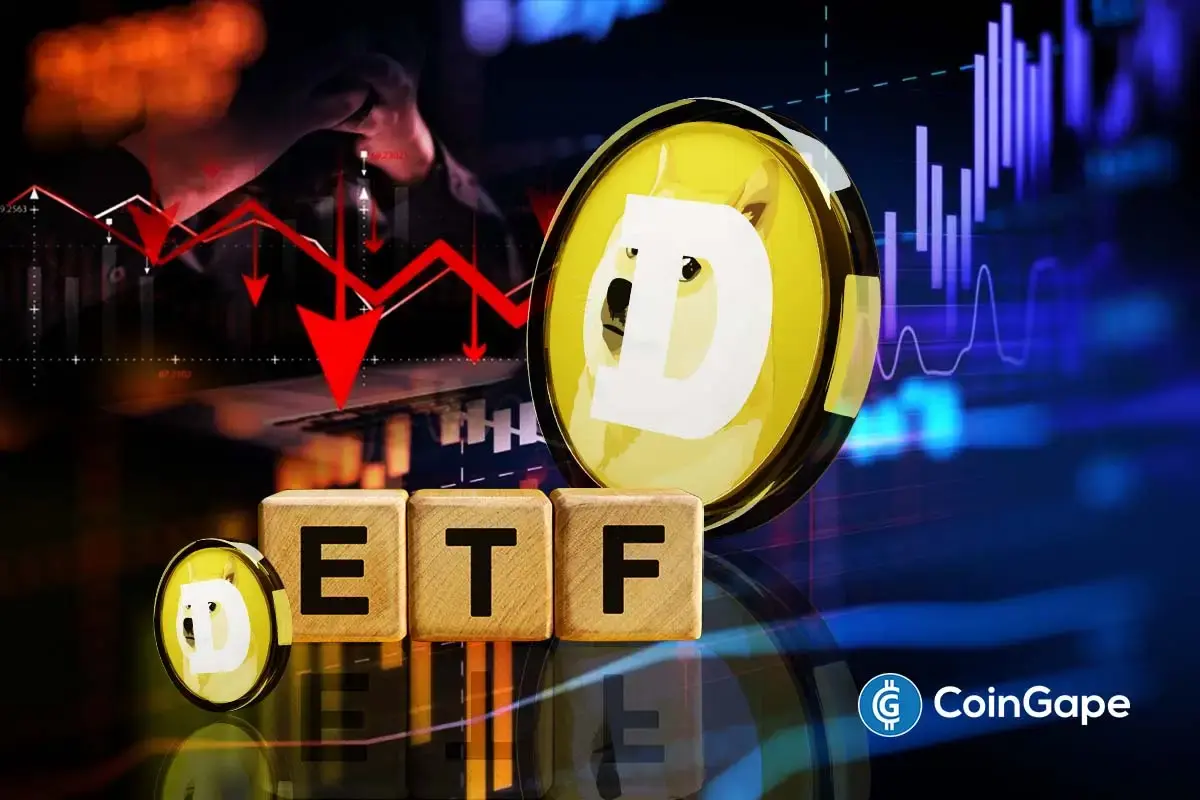Ex-PBOC Chief Rejects China’s Stablecoin Push, Cites Financial Risks

Highlights
- Zhou Xiaochuan warns stablecoins could destabilize China’s financial system.
- Stablecoin supply doubles in seven months, reaching $270 billion globally.
- Market projected to hit $1.8 trillion stablecoin supply by 2028.
China’s stablecoin debate has split policymakers, with ex-central bank chief Zhou Xiaochuan warning of financial risks. Global stablecoin supply is surging, projected to reach $1.8 trillion by 2028 if current growth continues.
Zhou Xiaochuan Warns Stablecoins Could Threaten China’s Financial Stability
Former People’s Bank of China Governor Zhou Xiaochuan has urged caution as debate over yuan-pegged stablecoins intensifies. Speaking at a closed-door meeting in Beijing, Zhou warned that these assets could introduce instability into China’s financial system rather than strengthen it. His remarks, published by the CF40 think tank, directly counter calls from policy advisers pushing for China to follow the United States in embracing stablecoins.
Zhou argued that the supposed benefits of stablecoins are overstated. He said China’s retail payment networks, including Alipay, WeChat Pay, and the digital yuan, are already efficient, low-cost, and leave little room for newcomers to add value.
He noted that claims that cross-border transfers are “extremely expensive,” misrepresent how existing systems function. More importantly, Zhou emphasized that stablecoins could become speculative tools, vulnerable to manipulation and fraud.
Even regulatory frameworks within the US, Hong Kong and Singapore, he says, are not protective enough. He emphasized that adoption on a large scale would destabilize the markets.
The ex-PBoC governor added that the move will weaken Beijing’s ability to enforce capital controls, a central pillar of its financial strategy. Zhou’s statements follow a recent report that China is actively considering yuan-backed stablecoins to rival U.S. dollar dominance.
Global Stablecoin Market Surges Toward $1.8 Trillion as Adoption Accelerates
Zhou’s skepticism underscores China’s resistance, yet global stablecoin supply has skyrocketed. This supply has increased twofold within the last seven months.
According to data shared by Milk Road, the total supply has climbed from about $130 billion in January 2024 to around $270 billion today. This rapid expansion highlights how much money is flowing into blockchain-based assets at record speed.
The Token Terminal chart indicates that the use of stablecoins had been growing since 2020, with a significant boost in 2025. The market showed slight stagnation in 2022 and 2023 but is now rising following fresh demand. The supply of stablecoins is one of the largest signals of health as they have turned into a leading entry point for investors to join the crypto ecosystem.
Based on this trend, the stablecoin market can reach a supply of $1.8 trillion by 2028. If this projection is reached, it would make stablecoins one of the biggest categories in the cryptocurrency economy, comparable to standard financial instruments.
Supporters even argue that stablecoins could enhance the efficiency of U.S. payment systems, underscoring their growing role in mainstream finance. This expansion also indicates growing institutional power, cross-border use and a stronger integration with decentralized finance platforms.
- Breaking: OCC Grants Ripple Conditional Approval For Banking License
- Crypto ETF Issuer Bitwise Defends Michael Saylor’s Strategy, Urges MSCI Neutrality on DATs’ Inclusion
- Fed’s Goolsbee “Optimistic” About More Rate Cuts Next Year Despite FOMC Dissent
- Coinstore Unveils 5-Year Roadmap as Exchange Marks Fifth Anniversary
- Dogecoin ETFs Fail to Attract Capital Despite Hype as Expert Maintains $1 Price for 2026
- Expert Predicts Bitcoin Price Crash to $75k as ETF Inflows Fall, Treasury Companies Plunge 83%
- HYPE Price Jumps 8% as Open Interest Hits $1.61B — Is $50 Next?
- Is Solana Price Poised for a +50% Bullish Rally? Here’s What to Expect
- Top 3 Price Predictions for Bitcoin, Ethereum, and XRP in DEC 2025
- Will Chainlink Price Break Toward $20 After 84K LINK Reserve Increase?
- XRP Price Target $3 as Spot ETFs Continue to See Inflows
















